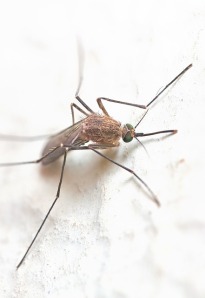Tags
Caribbean, Chikungunya, cruise, family travel, health, mosquito, resort, travel
Chikungunya is a virus given to people by infected mosquitoes. It causes fever and joint pain. Other symptoms are a headache, muscle pain, joint swelling, and a rash. It was first described and identified in Tanzania in 1952. The virus has occurred in Asia, Africa, Europe, and the Americas. The first case in the Americas was reported in the Caribbean in late 2013. According to the World Health Organization, Chikungunya is at epidemic proportions. As of August 5, 2014, 484 cases have been reported in the United States. All but 4 of those cases are the result of travelers returning from affected areas in the Caribbean, South America, the Pacific Islands, or Asia. The four incidents in Florida are locally transmitted cases.
Aedes mosquitoes transmit the Chikungunya and Dengue viruses. They bite mainly during the daytime. If a mosquito bites an infected person, it can become a carrier. Symptoms appear 3-7 days after being bitten by an infected mosquito. Travelers might not show any symptoms until they are home from their trip. If you suffer symptoms, go to the doctor for a blood test. There is not vaccine to prevent the virus or special medicine to treat it. Most people feel better after a week, and the virus rarely causes death. People with compromised immune systems, the elderly, or the very young may develop more serious symptoms.
You can prevent mosquito-borne viruses by wearing insect repellent, wear long sleeved shirts and long pants, wear clothing treated with permethrin, and stay in a place that is air conditioned or has screens over the windows and doors.
Some other diseases spread by mosquitoes are Dengue fever, Malaria, and Yellow Fever. There is medicine to take for Malaria and Yellow Fever. Treatment or prevention begins before, during, and after your trip. Different types of mosquitoes require different medications, so be sure to tell your doctor where you will be traveling and where you have traveled.

